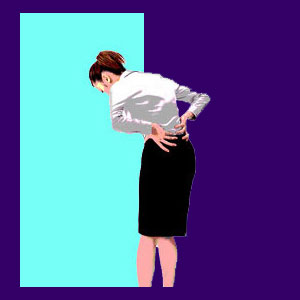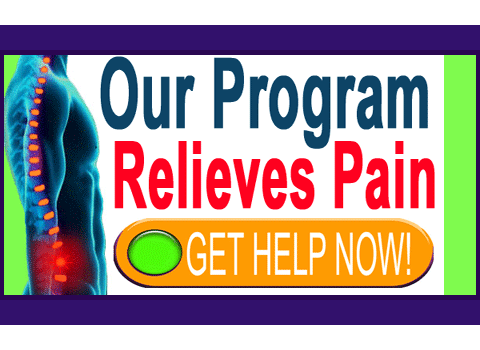
Typical back braces can be rigid or flexible and most are designed to provide support for the back muscles and spinal structures. Other types of braces are utilized to treat scoliosis or other abnormal spinal curvature issues. Back supports are fitted around the body in the affected area and are intended to help limit the motion of the protected region. A brace is a useful tool to assist in supporting a fractured vertebrae or to aid in the healing after back surgery. Some specialty braces are especially useful at creating limited motion in the vertebral column after spinal fusion surgery, in order to create a more solid fusion of the newly operated spinal bones.
This discussion provides an overview of the rewards and downsides of wearing a back brace.
Types of Back Braces
Rigid braces are custom fitted, expensive and very uncomfortable. They are often prescribed by a doctor to correct posture or a spinal curvature.
Elastic back pain support braces are more flexible and remind the wearer to move correctly, more then actually limiting back movement. These soft braces are better used as an aid to bending and lifting properly, since they do not actually regulate back motion at all. There are also special elastic braces to help reduce pregnancy back pain.
A great number of back pain relief products utilize the brace style in combination with other treatment protocols, such as TENS or even traction.
Many of these are controversial devices, with many more scamming patients out of their money than actually helping anyone to recover from pain. Always beware when spending a considerable sum of money on any brace purchase. If the product makes claims which seem too good to be realistic, you are likely in for a big disappointment if you decide to buy.
Back Supports and Braces for Scoliosis
The use of an orthotic brace is a very effective tool in controlling the worsening of a scoliosis curvature in many patients. A brace is prescribed as soon as the curvature is showing signs that it might become a problem.
An orthotic brace is generally used to treat spinal curves more than 10 degrees and less than 45 degrees. In order for a brace to help, it must be worn 16 to 23 hours a day, every day. The brace must be worn as long as the child is still actively growing. The younger the child, the longer they will have to wear this brace.
Scoliosis braces are rarely used in adults, since the adult spine is mature and no longer growing. However, some adults find that special support braces may allow them to find greater comfort with significant scoliosis issues and may also help them to avoid surgical correction.
A scoliosis brace will not usually correct an existing spinal curve. It may correct some degree of curvature short term, but the curve will usually return when use is discontinued. An indicated brace is 90% effective in preventing mild to moderate curves from becoming worse in appropriately treated patients. A brace will not help a severe curve in most instances.
The old fashioned Milwaukee Brace is rarely used anymore. It is bulky and obvious. It is made of metal and limits movement and freedom considerably. Newer molded plastic braces (thoracolumbosacral orthotic braces) are much less noticeable and allow more freedom of movement. Some are even designed in cool colors and designs to make a child feel better about using it.
Orthotic designers are working on new designs that might be even more flexible. There are several new ideas in development, using the latest in high tech materials to provide flexible support.
Orthotic braces are also used to help control exaggerated lordotic curvature, as well as abnormal kyphotic curvature, in children and adolescents.
Back Brace Recommendations
Use of a supportive back brace for an extended time can weaken the back muscles and cause them to atrophy. Do not become dependent on an orthotic device if possible. A better idea is to build up the back muscles so that they can support themselves.
My experience with support braces was not very positive. I have tried several different styles of soft braces in my many years suffering with horrible lower back pain. None of them helped at all and I found no reason to use one for my particular condition.
I think for treatment of scoliosis or post-surgery, an orthotic brace is a useful tool. However, for the average person with lower or middle back pain, a brace is illogical and may even be counterproductive.
Any care provider who informs you that a soft style brace will prevent motion in a spinal region or help to strengthen the back muscles is lying. These types of tactics are used exclusively to sell these overpriced items to desperate patients. Do the research and learn the truth for yourself. Back braces can be useful in particular circumstances, but are not needed or helpful (except by placebo effect and conditioned response) for the vast majority of patients.





